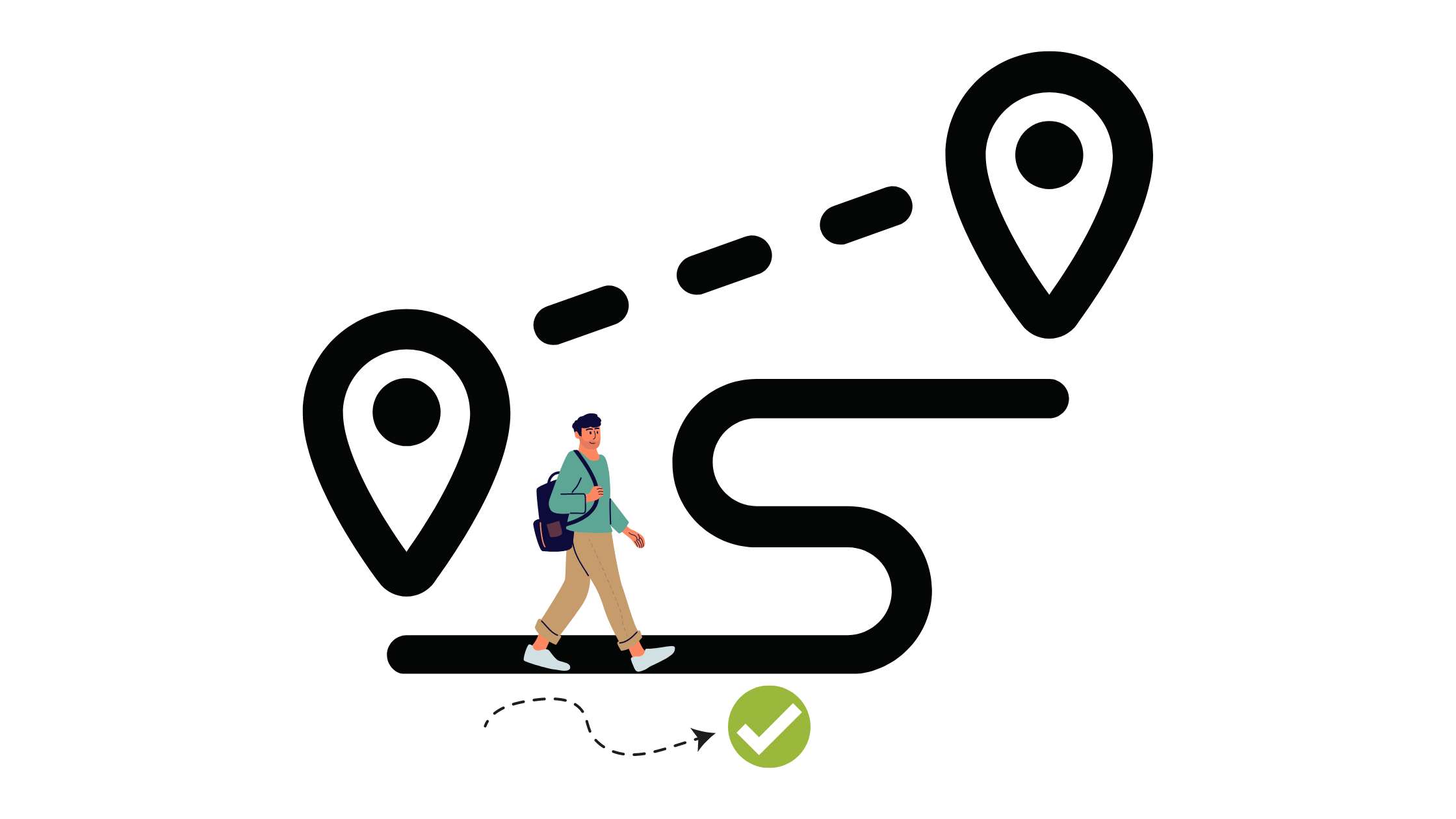

As of 2022, 59.02% of website traffic comes from mobile devices. This means mobile is now currently the preferred way of browsing. This means it’s more important than ever to optimise your mobile designs.
It’s important to note that Google’s “mobile-first indexing” has become the new standard for how Google indexes and ranks websites. Google now primarily uses the mobile version of your website’s content to determine its ranking in search results. If your mobile website is not up to par, you may be missing out on valuable search engine traffic.
We’ve come up with 12 ways you can optimise your mobile designs to help your Google rankings. So buckle up and get ready for some Pop tips…
Optimise your assets
Make sure your images, videos, stylesheets and JavaScripts are small to enhance your website’s performance on mobile.
Swap your imagery to fit a mobile design
It may feel like the easy option to just remove any imagery that doesn’t fit your mobile design. However, this creates a sub-par experience for mobile users. For example, generally a wide image doesn’t work well on mobile, so make sure to swap your rectangular images for squares.
Ensure there is consistency in your navigation
You want to keep it consistent between mobile and desktop to ensure that you aren’t hiding any content, but at the same time are highlighting where you want users to go.
Be cautious of screen height
How much a user can see on mobile can vary depending on their model. For example, you may decide to remove your top bar completely on mobile to maximise your site’s impact.
Utilise the use of icons
If you find screen space is at a minimum or you are struggling to fit in all your content, icons can help. Users are now used to certain icons meaning certain things, so will be able to understand what they mean.
Avoid requesting browser permissions
Another way to annoy your users is by asking if your site can send them notifications or have access to their location. If there’s no particular reason for this, then don’t have it as an option. It should be an opt in situation, not an opt out.
Clear signposting
Your mobile design should have headers to indicate clearly to the user what page they are on and what section of the page they are currently reading.
Make sure your mobile design is predictable
There are best practices for a reason! It’s better to have your address, contact details, T&Cs and popular pages in the footer rather than somewhere random or unwelcome.
Minimise outgoing links
You don’t want to take your users away from your site unless absolutely necessary (they might not find their way back).
Don’t encourage users to vacate to your social accounts
Of course it’s good to show that you have these and they are active, but making them too prominent only invites users to leave your website. Before you know it, they’ll be back looking at videos of cats playing the piano instead of getting in touch with you.
Don’t take shortcuts

You should care about your mobile design as much as your desktop. Don’t just copy and paste the information and hope it works out. This will make information difficult to read, cause delays in performance and reduce the user experience.
Keep content the same on mobile and desktop
It is crucial to ensure that your mobile website has the same content as your desktop website. If your mobile website has less content than your desktop website, it is recommended to update your mobile website to include the same primary content as the desktop website. You can make design changes on the mobile website to enhance the user experience, such as using accordions or tabs to organise content. However, it is important to keep in mind that almost all indexing on your website comes from the mobile website. Therefore, it is essential to maintain equivalent content on both the desktop and mobile versions of your website.
We are experts in optimising the user experience for websites, and enhancing your SEO. Get in touch with us today to find out how we can help you get the most out of your traffic and increase your conversions.
References
https://www.searchenginejournal.com/google-mobile-first-indexing/346170/#close
https://www.semrush.com/blog/mobile-first-indexiing/#header9
https://gs.statcounter.com/platform-market-share/desktop-mobile-tablet
 Shopify Development
Shopify Development  Social Media & Blogs
Social Media & Blogs  PPC
PPC 
